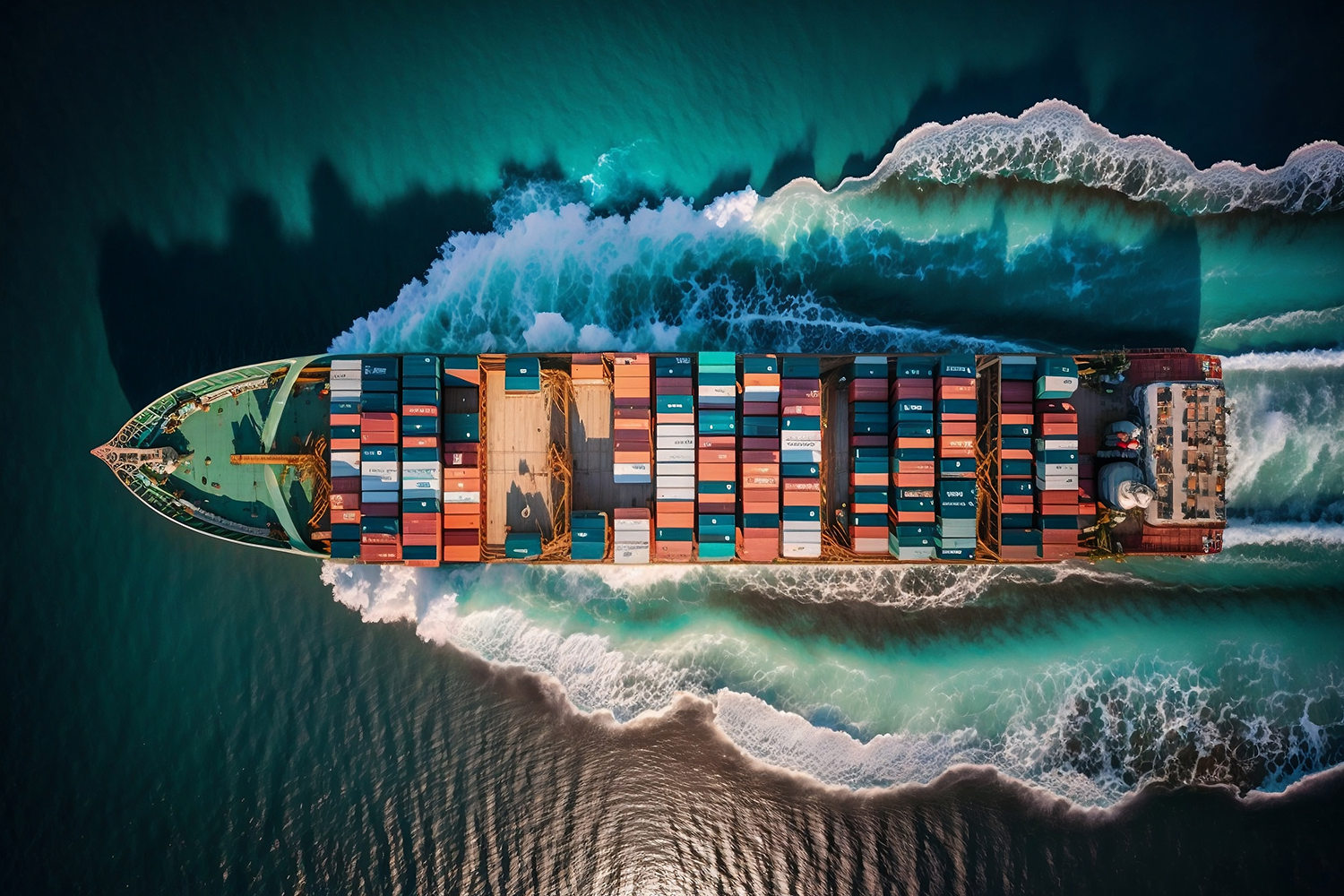Navigating Supply Chain Issues in the Rigging and Lifting Industry
Navigating Supply Chain Issues in the Rigging and Lifting Industry
The rigging and lifting industry, critical for sectors ranging from construction to maritime, has faced significant challenges due to global supply chain disruptions. These disruptions have affected the availability and cost of essential equipment, creating operational and financial hurdles for businesses. Navigating these issues requires a comprehensive understanding of the factors at play and strategic approaches to mitigate their impact.
The Impact of Supply Chain Disruptions
Availability of Equipment
Supply chain disruptions have led to significant delays in the availability of rigging and lifting equipment. Several factors contribute to this scarcity:
Raw Material Shortages: The production of rigging and lifting equipment relies heavily on raw materials such as steel and aluminum. Global shortages of these materials have hampered manufacturing processes, resulting in delayed production schedules and prolonged lead times.
Logistical Bottlenecks: The COVID-19 pandemic highlighted vulnerabilities in global logistics networks. Port closures, reduced shipping capacity, and labor shortages have exacerbated delays. Equipment that once took weeks to arrive now often takes months, disrupting project timelines and causing operational inefficiencies.
Component Scarcity: Many rigging and lifting devices depend on specific components like hydraulic parts, electronics, and specialized fasteners. Supply chain disruptions have caused significant delays in obtaining these components, further impeding the production and assembly of equipment.
Cost Implications
The supply chain disruptions have also led to a surge in costs across the rigging and lifting industry:
- Increased Material Costs: Scarcity of raw materials has driven up prices. Manufacturers are facing higher input costs, which are subsequently passed down to consumers. This has resulted in a sharp increase in the price of rigging and lifting equipment.
- Higher Shipping Expenses: Logistical challenges have increased shipping costs. The scarcity of shipping containers and the rising cost of fuel have contributed to this inflation. These additional costs are absorbed by manufacturers and suppliers, leading to higher prices for end-users.
- Labor Costs: Labor shortages in both the manufacturing and logistics sectors have driven up wages. The increased cost of labor further inflates the overall cost of equipment production and distribution.
Strategies for Mitigation
To navigate these challenges, businesses in the rigging and lifting industry must adopt proactive strategies. Here are several approaches to mitigate the impact of supply chain disruptions:
Diversification of Suppliers
- Global Sourcing: Relying on a single supplier or geographic region can be risky. Businesses should diversify their supplier base by sourcing materials and components from multiple regions. This reduces the dependency on any single source and mitigates the impact of localized disruptions.
- Building Relationships: Developing strong relationships with suppliers can lead to more favorable terms and priority during shortages. Collaborative partnerships can also facilitate better communication and quicker responses to supply chain issues.
- Inventory Management
- Safety Stock: Maintaining a higher level of safety stock can buffer against supply chain disruptions. While this requires an initial investment, it ensures that critical equipment is available when needed, reducing the risk of project delays.
- Demand Forecasting: Implementing advanced demand forecasting tools can help businesses anticipate equipment needs more accurately. This allows for better inventory planning and reduces the likelihood of running out.
Technological Integration
- Digital Supply Chain Management: Utilizing digital tools for supply chain management can enhance visibility and control. Technologies such as blockchain, IoT, and AI can provide real-time data on inventory levels, shipment statuses, and potential disruptions, enabling quicker decision-making.
- Predictive Analytics: Leveraging predictive analytics can help businesses foresee potential supply chain disruptions. By analyzing historical data and market trends, companies can proactively adjust their strategies to mitigate risks.
Local Manufacturing and Sourcing
- Nearshoring: Shifting production closer to the end market can reduce dependency on long international supply chains. Nearshoring not only shortens lead times but also minimizes the impact of global disruptions.
- Local Partnerships: Collaborating with local manufacturers and suppliers can provide more reliable access to materials and components. This strategy supports local economies and reduces logistical complexities.
Flexible Contracts
- Dynamic Pricing Agreements: Implementing dynamic pricing agreements with suppliers can help manage cost fluctuations. These agreements allow for adjustments based on market conditions, providing a more balanced approach to pricing during periods of volatility.
- Long-term Contracts: Establishing long-term contracts with key suppliers can secure more stable pricing and availability. These contracts often include clauses that prioritize supply during shortages, providing a competitive advantage.
Sustainable Practices
- Recycling and Reusing: Promoting the recycling and reuse of rigging and lifting equipment can reduce reliance on new materials. Sustainable practices not only mitigate supply chain risks but also contribute to environmental conservation.
- Sustainable Materials: Investing in the development and use of sustainable materials can provide alternatives to traditional raw materials. This diversification reduces the impact of shortages and supports long-term sustainability goals.hercules-kitting-services.pdf
Conclusion
The rigging and lifting industry faces significant challenges due to global supply chain disruptions. However, by adopting strategic approaches such as diversifying suppliers, improving inventory management, integrating advanced technologies, exploring local manufacturing, establishing flexible contracts, and embracing sustainable practices, businesses can navigate these issues more effectively. Proactive and innovative strategies will not only mitigate the impact of current disruptions but also build resilience against future supply chain challenges, ensuring the continued growth and stability of the industry.
At Hercules SLR, we understand the complexities of managing a streamlined supply chain. Our kitting services are designed to optimize your operations, reduce costs, and ensure you have every component you need, precisely when you need it.
What is Kitting?
Kitting is the process of assembling individual items into ready-to-use kits. This means storing your goods in our state-of-the-art warehouse until every component arrives, ensuring all parts are available in one complete package for your convenience.
<<< Click to download Brochure PDF<<<
The Hercules Advantage
- Efficient Inventory Management: Store all your components in one centralized place, minimizing the risk of misplaced or lost items. Hercules Kitting Services (download our brochure here)Free up valuable space in your own facilities by utilizing our extensive warehouse capabilities.
- Time and Cost Savings: Spend less time managing and organizing parts. We handle the storage, assembly, and preparation of your kits. Consolidate shipments into single deliveries, reducing transportation expenses and simplifying logistics.
- Improved Accuracy and Quality Control: Our experienced team ensures every kit is assembled accurately, reducing the risk of errors. Rigorous checks at every stage ensure your kits meet the highest standards.
- Enhanced Flexibility and Responsiveness: Receive your complete kits precisely when you need them, supporting just-in-time manufacturing and minimizing downtime.
Whether you need small batch kits or large-scale production runs, our services are scalable to meet your needs.
Shop online at Hercules for your rigging essentials!
Scan the QR Code to check out all our links here:

——————————————————————————————————————————————
The Hercules Group of Companies encompasses a wide portfolio of products and services across 7 diverse companies.



